Personal Brand Storytelling: Crafting Your Unique Story
In an increasingly noisy and competitive world, having a solid personal brand is more important than ever. A personal brand allows you to differentiate yourself, connect with your ideal audiences, and advance your career or business. However, crafting a compelling personal brand can feel overwhelming for many. Where do you even start?
This is where personal brand storytelling comes in. Personal brand storytelling is about using stories and narrative devices to articulate the essence of who you are and what makes you unique. It’s about identifying your defining experiences, strengths, passions and values and weaving them into compelling stories that resonate with others. When done effectively, personal brand storytelling can be a powerful tool to make you stand out in any industry or field.
This guide will explain everything you need to know about crafting your brand story. We’ll look at:
- Why personal brand storytelling matters
- How to uncover your core brand story
- Storytelling frameworks and devices to utilise
- Tips for writing your own branded content
- Key elements all good brand stories contain
- How to amplify your story across platforms
- Mistakes to avoid with your personal brand storytelling
So whether you’re just starting to build your personal brand or looking to improve your existing brand narrative, this comprehensive guide gives you a blueprint for telling powerful stories that achieve cut-through. Let’s dive in.
Table of Contents
What Is Personal Brand Storytelling?
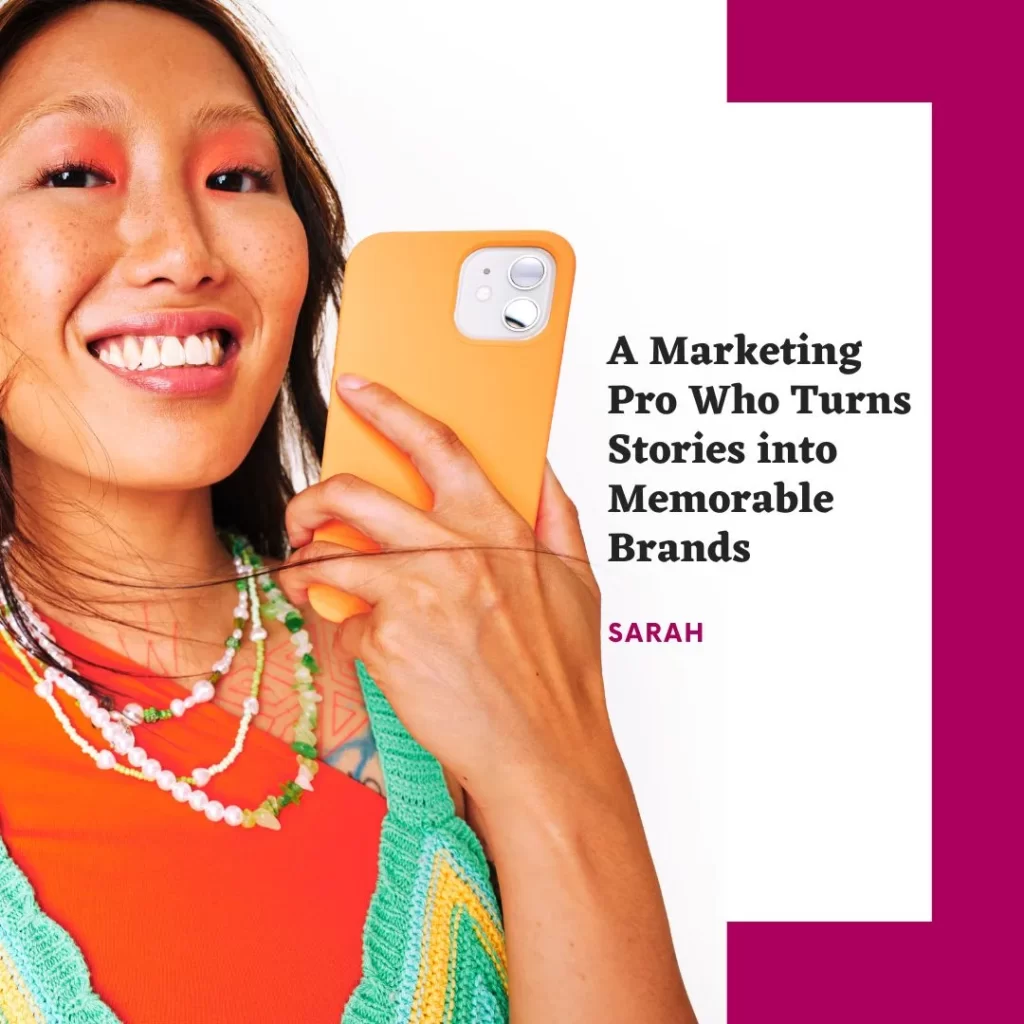
Personal brand storytelling involves using narratives from your life experiences to convey your values, passions, and unique attributes.
Unlike traditional branding, which promotes products and services, personal branding spotlights individuals. It's about identifying and sharing your differentiated value in engaging ways.
Storytelling offers a powerful path for personal branding in the digital world. Statistics show:
- 90% of consumers want brands to make ads that feel like stories.
- Stories can emotionally engage readers up to 400% more than facts alone.
- Narratives improve recall and belief change up to 22 times more than statistics.
In business and career settings, professionals can leverage storytelling to:
- Attract opportunities: Share your purpose, skills and achievements.
- Build connections: Enable others to relate to you.
- Motivate action: Inspire others to share goals.
Keep reading to learn how to identify your brand, craft compelling stories and share them with your audience across platforms.
Why Personal Brand Storytelling Matters Now
In the attention economy, individuals compete with branded corporations to stand out and influence others. Audiences crave authenticity and meaning.
Statistics show:
- 61% of consumers now follow “personalities” rather than branded content.
- 86% say authenticity is important when deciding which brands they like and support.
- 4 in 5 consumers are more likely to purchase from authentic brands.
Storytelling offers a way to humanise your brand to connect emotionally — not just rationally — with your audience. Rather than broadcasting static information, stories bring unique details to life, allowing others insight into your personality.
The most successful personal brands blend personal openness through storytelling with professional credibility built on accomplishments. Vulnerability invites trust, while proof points validate expertise.
As platforms like TikTok and Clubhouse demonstrate, audio and video storytelling continues gaining traction. But the medium matters less than the meaningful stories you have to share.
Compelling personal brand storytelling is all about perspective and perceptions. Let's explore further.
The Importance of Personal Brand Storytelling

Before jumping into the ‘how-tos’ of personal brand storytelling, it’s important to understand ‘why’ storytelling matters when building your brand. Some key reasons include:
1. Stories Are Memorable and Shareable
Research shows that human brains are wired for storytelling. Stories leave a more profound imprint in our memories because they activate multiple brain regions simultaneously. As such, audiences remember stories far longer than dry facts or data. Couching your brand in an engaging story format makes people more likely to remember and internalise who you are.
Additionally, good stories prompt an emotional response within us. When a story moves readers, they’re far more likely to pass it on to others. So, telling compelling stories boosts your brand’s shareability – stories spread your message further than you could alone.
2. Stories Build Trust and Connection
Storytelling also fosters trust, rapport and connection with your audiences. By opening up and sharing your authentic experiences – from your highs and lows to crucial turning points – you enable readers to relate to you on a deeper, more human level. Vulnerability bonds: studies show that personal stories drive deeper engagement over generic branding. Audiences want to root for and connect with people who’ve overcome challenges. Stories humanise your brand.
3. Stories Convey Your Unique Value
Perhaps most importantly, stories articulate your ‘why’ and differentiate you from the competition. In a sea of personal brands, a compelling origin story demonstrates what distinct value you offer audiences and why they should pay attention to you. This value might include:
- Specialised expertise in an area most don’t possess
- Hard-won wisdom from your specific journey or failures
- Access to networks/opportunities others lack
- A distinctive creative vision or approach
- Overcoming adversity most would struggle with
Stories vividly depict who you are at your best and why that matters.
By spelling out the defining experiences that led you here, stories convey your one-of-a-kind value and perspective. This differentiation is the heart that sets strong personal brands apart from the rest.
In summary, integrating storytelling into your branding strengthens message memorability, shareability, trust and, ultimately, your differentiation. Let’s now explore how to uncover your own compelling life stories.
Uncovering Your Core Brand Story
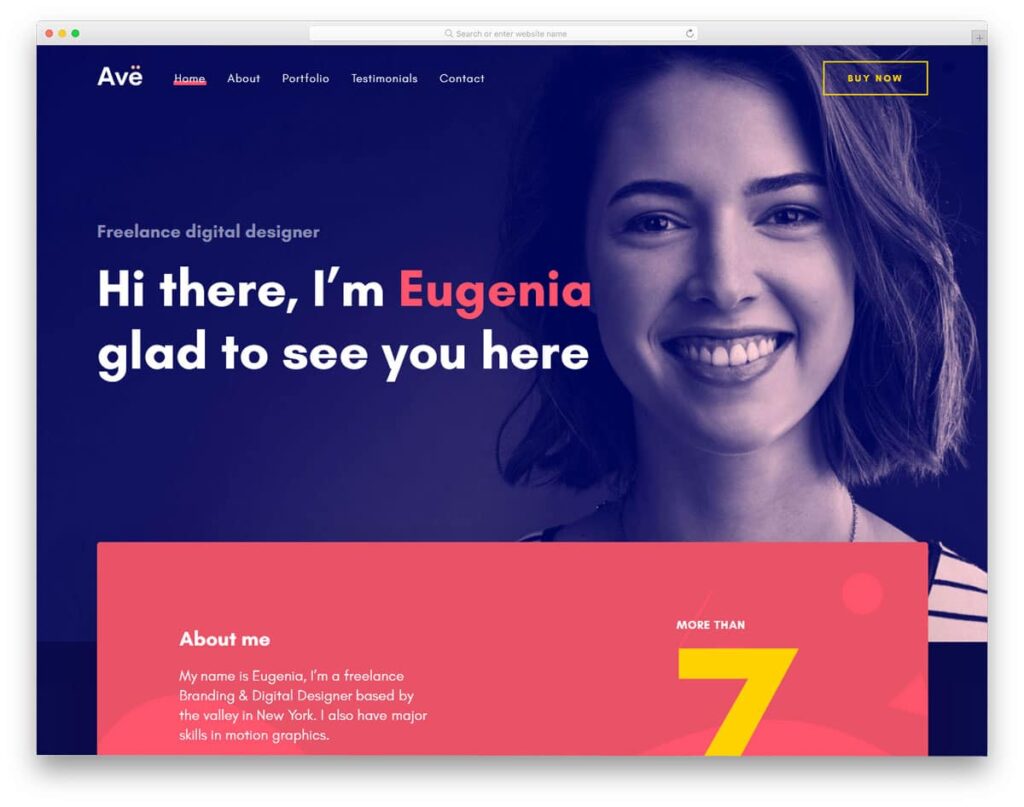
Your brand story sits at the core of your branded content and messaging. But unearthing the right story requires some self-examination. Start by asking yourself:
What are my proudest and most painful moments?
Your highs showcase your points of brilliance – the skills you’re uniquely gifted in and moments that filled you with a sense of flow, achievement or contribution. These ‘peak’ experiences hint at your latent potential.
Your lows often shape you the most as a person. How you responded to adversity, bounced back from losses or honed your grit in challenging times all contain rich lessons: the more complex the journey, the more inspiring the story of persevering.
Jot down your proudest achievements and most painful setbacks across your life, education and career. Look for inflexion points and transitions between them. What tensions did you navigate between your highs and lows? Where did you have to overcome fear, uncertainty, obstacles or naysayers? This is good fodder for plot tension in your story.
What am I deeply passionate about?
Passion is the fuel behind all compelling brands – it demonstrates what gets you fired up and the domains you’re committed to mastering above other options in the market. Think about:
- Causes you’d defend fiercely if someone challenged you on them
- Topics you could spend hours learning about or discussing
- Skills you’d happily sharpen long after others lost interest
- Activities that make you lose track of time whenever you do them
Mine is when your passions first sparked and how they’ve guided your academic/career choices—the more specific your passion niche, the more differentiated your brand.
What do I believe at my core?
Finally, reflect on your central beliefs and values. We’re talking about the philosophies you live by and fundamentals you’d find hard to compromise on. For example:
- Views on ethics, sustainability or social issues
- Stances related to your industry, profession or craft
- Beliefs on how businesses/leaders should operate
- Principles for fostering culture, creativity or relationships
Consider the origin stories behind your convictions, too. How were your perspectives shaped over time by mentors, hardship, rewards, and consequences you observed play out for others?
Distill Core Story Threads
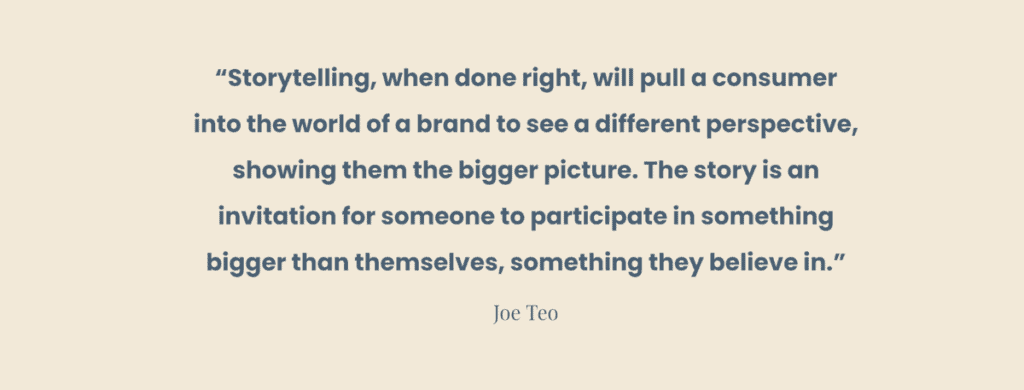
With your pivotal memories, passions and beliefs mapped out, analyse for any unifying themes or through-lines across them. Can you identify 2-3 core story threads that surface repeatedly? These might showcase:
An archetypal hero’s journey:
Does your story follow an archetypal pattern like ‘the underdog’ who persevered past the odds, ‘the guide’ who lends hard-won wisdom to others, ‘the inventor’ driven to create revolutionary solutions, ‘the change agent’ fighting boldly against the status quo or ‘the healer’ supporting people through trauma to get back on their feet?
Lean into archetypes your journey aligns with. Readers subconsciously root for characters matching heroic/aspirational archetypes because they represent stories as old as time.
Signature moments of realisation/transformation:
Specific ‘aha’ epiphanies that forever shifted your perspective are hugely insightful. We love origin stories for brands, companies and movements – what catalytic moments of realisation led you to pivot your direction entirely? When did your purpose or approach crystalise?
Hard-won mental models/narratives you stand behind:
Over time, specific models, frameworks, or theories may have shaped your approach substantially (ex, Lean methodology transformed how you build companies, and Carol Dweck’s growth mindset changed how you parent/coach). Find the critical mental models you repeatedly reference that define your unique lens.
Similarly, identify phrases, analogies or teachings you repeat frequently that capture your perspective succinctly. These miniature narratives clue us into your worldview.
Values you refuse to compromise:
Lastly, highlight moments when you needed to stand up for specific values/principles you held as non-negotiable, even if it meant tough trade-offs. When have you sacrificed stability, popularity or promotion opportunities to retain your integrity or purpose?
Your values-in-action reveal so much about you. Those who stood beside you in these moments of conviction also represent key characters worth weaving into your brand story.
By tracing common threads spanning your coming-of-age moments, passions, inner beliefs and times your values shone through, you crystallise the 3-5 central narrative pillars holding up your brand temple. Distil these down to just 1-2 sentence summaries for now that encapsulate your core brand DNA. We’ll build out robust stories around each pillar shortly.
Personal Brand Storytelling Frameworks
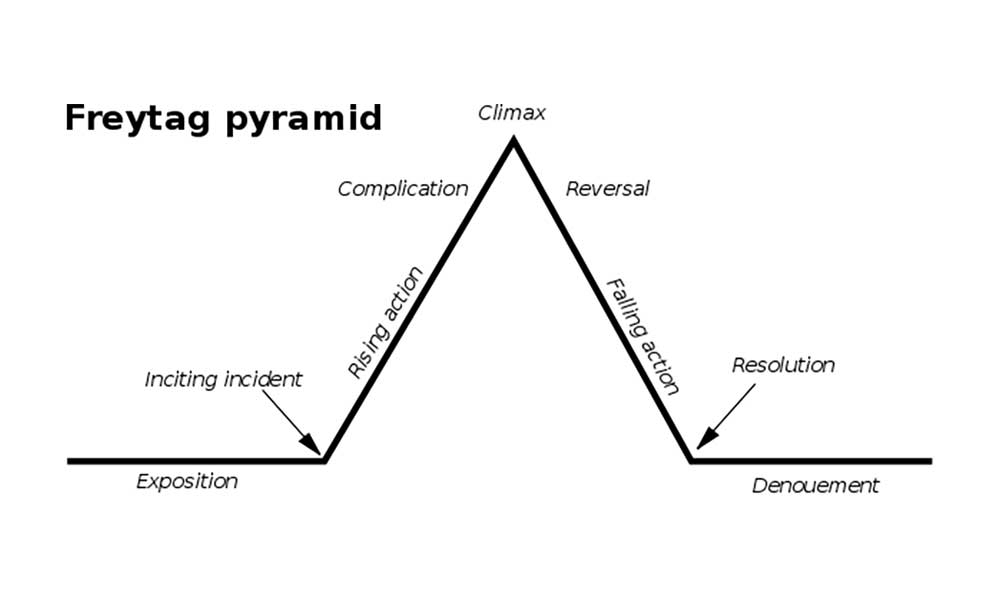
With your foundational brand narrative mapped out, it’s time to structure robust stories that bring these threads to life. Let’s explore some proven storytelling frameworks you can utilise:
1. The Story Spine Structure
A simple yet powerful personal storytelling formula popularised by playwright Kenn Adams, the Story Spine structure follows this 7-line narrative sequence:
- Once upon a time
- Every day
- But one day
- Because of that
- Because of that
- Until finally
- And ever since then
Walk through each story beat chronologically:
- ‘Once upon a time’ sets the pre-story context
- ‘Every day’ summarises your regular circumstances before they were disrupted
- ‘But one day’ signals the inciting incident that upset the status quo
- The two ‘Because of that’ lines detail cause-and-effect repercussions from this disrupting event
- ‘Until finally’ describes the climatic peak where tension gives way to resolution
- ‘And ever since then’ addresses the lasting impact/insight from this transformation
This simple framework lends coherent shape to pivotal episodes from your life. While you likely won’t follow the structure verbatim in your final written stories, it helps unpack key components worth highlighting.
2. The Hero’s Journey Arc
If your personal story closely aligns with an archetypal ‘hero’s journey’, leverage story beats from mythologist Joseph Campbell's famed Hero’s Journey model. These include:
- The ‘ordinary world’ pre-story context
- A ‘call to adventure’ moment disrupting the status quo
- Initially ‘refusing the call’ due to fear/uncertainty
- Meeting a mentor figure who encourages you into unknown territory
- Crossing the ‘first threshold’ where your old world falls away
- Facing ‘tests, allies and enemies’ that shape your transformation
- Approaching the ‘innermost cave’ where you endure a supreme ordeal
- Having a climatic ‘revelation/seizing your reward’ breakthrough
- Facing additional obstacles on your ‘road back’
- Returning with vital knowledge to bestow on your community
- Achieving resolution having mastered both worlds now
Adapt beats fitting your own against-the-odds triumph tale. The structure reveals depth.
3. The Pixar Storytelling Method
Pixar films masterfully blend comedy, adventure, poignancy and triumph. Their proven story structure includes these five parts in sequence:
- Once upon a time… Set the scene re: character/world before disruption
- And every day… Summarise habitual daily life
- Until one day… An inciting incident throws everything into flux
- Because of that… Rising action/conflict complicates things further
- Until finally… The climax hits and leads to resolution.
Supplement with Pixar’s five core emotional story beats:
- Laugh – Comic moment audiences connect with
- Cry – Poignant scene evoking sadness/empathy
- Real World Fear – Relatable anxieties audiences identify with
- Fantasy World Fear – Larger-than-life obstacles faced by the character
- Triumph – Protagonist overcoming hardship against all odds
This formula works wonderfully for personal stories, too – incorporate relatable humour, motivational adversity and resonant triumphs over issues your readers can identify with.
There are endless frameworks to leverage – choose structures aligning closest with your brand journey. But always focus most on authenticity in the raw stories first before straining to fit them into rigorous formulas.
Writing Your Own Branded Content

With your brand story architecture mapped out, it’s time to bring it to life through long-form written pieces. These can take varied formats:
Longer Personal Essays
Craft comprehensive personal essays, each diving deep into your origin story and the insights underpinning your brand. Use a conversational, casual tone and aim to build connection through vulnerability, wisdom and humour.
LinkedIn Articles
Given its professional context, LinkedIn offers a natural platform for showcasing branded content underscoring your expertise and achievements. Craft punchy articles highlighting your credentials, niche skills and career journey lessons learned.
Guest Blog Posts
Pitch sector publications popular among your target audiences with unique takes on industry topics tied to your niche. Weave in your backstory lightly while positioning your provocative point of view.
Book Chapters
Catalogue your knowledge by authoring meaty book chapters around specialised domains where you offer value. Choose popular niche publications open to contributor chapters to magnify your reach.
Podcast Interviews
Podcasts equal free distribution. Seek out shows aligning with your brand; thought leader interviews allow you to recount your story to receptive audiences eager to learn from mentors. Prepare soundbite responses that pique curiosity.
Slideshare/Presentations
Convert your brand content into visual presentations published openly online. Slideshare lends a perceived authority around your expertise claims and travels more virally.
Videos
Film a quality personal brand video opening with your origin story, then summarise the key lessons, skills and offerings you provide audiences today. Let viewers get to know the human behind your brand.
Whatever formats you choose, ensure a tight brand storylining thread flows through each piece with clarity and impact. Every new piece should build incrementally on your core narratives.
Critical Elements of Compelling Personal Brand Stories
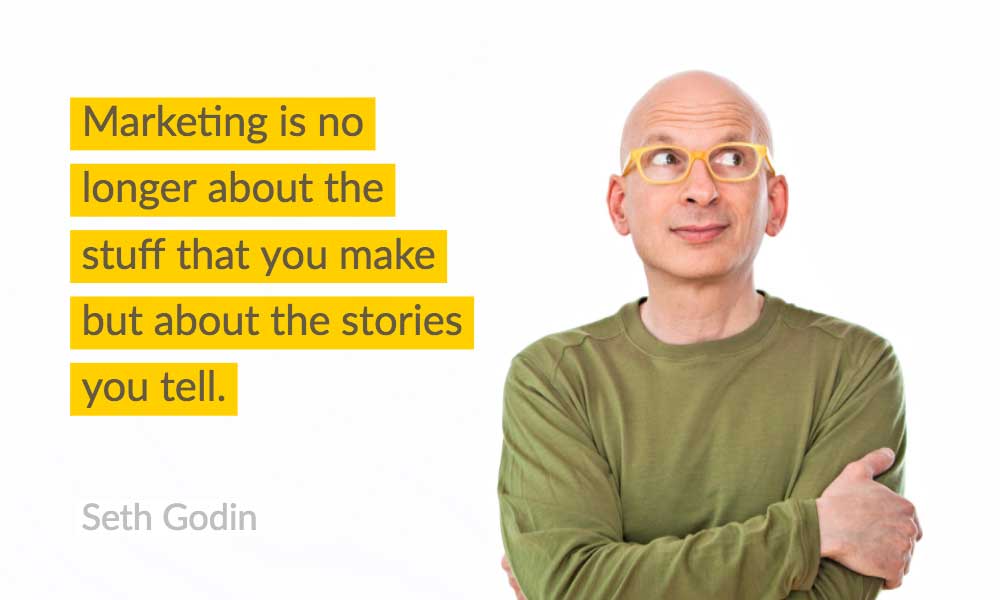
While stories should flow organically, the most compelling personal brand narratives commonly incorporate these elements:
Evocative Sensory Details
Transport readers into pivotal scenes through vivid sensory descriptions engaging sights, smells, textures, tastes and sounds associated with meaningful moments. Help audiences feel right there with you so they’re invested in the outcome.
Captivating Characters
Spotlight the mentors, allies and enemies who leave indelible impressions steering you in new directions. Share-telling dialogues capture their essence. References to critical characters make your journey relatable.
Turning Points
Even the most remarkable journeys contain crossroads where a single decision alters everything. Recreate tension around choosing between competing paths and how consequential those decisions proved in hindsight.
Tough Obstacles
All heroes get tested. The more intimidating the obstacles faced, the greater the catharsis when overcoming them. Don’t gloss over challenges – get granular on fears, uncertainty, temptations to quit and naysayers who tested your grit along the way.
Hard Truths Learned
The wisdom earned through overcoming adversity offers your most significant value to others facing similar hardships. Spotlight eureka insights that could shortcut the journey for readers. What mistakes did you make early on you can help them avoid now with hindsight?
Moments of Triumph
While ongoing scholarships keep underdog stories inspiring long-term, do spotlight climatic moments where you mastered pivotal tests, silenced the doubters or achieved hard-fought validations that affirmed you were on the right path after all. Let us cheer alongside your watershed wins!
Full Circle Return
Close personal brand stories with reflections on how seminal events that kicked off your journey now appear differently in hindsight. Share how early inspirations, interests or intentions ultimately seed later destinations – when we connect the dots looking backwards, our stories gain coherence and meaning.
Brainstorm engaging scenes capturing each storytelling ingredient above to pull readers deeply into your journey.
Amplifying Your Personal Brand Story

Just as crucial as crafting a magnetic story is amplifying it far and wide. Consider cross-pollinating your narrative across these channels:
Website Bio/About Page
Ensure your website bio or About page leads with an abbreviated version of your branded story, spotlighting defining experiences most relevant to site visitors—link to related long-form articles detailing chapters more fully for interested audiences.
Social Media Profiles
Beyond primary bio lines, dedicate Facebook/LinkedIn/Twitter banners to eye-catching graphics encapsulating your brand ethos. Choose images capturing you powered by passion. Pin tweet story snippets that intrigue visitors to learn more.
Interviews
Actively pitch podcasts, livestreams, panels and publications well-aligned to your niche with unique story angles you can cover exclusively for receptive audiences keen to broadcast your journey.
Company Newsletters
For founders/executives, routinely showcase branded content through company newsletters, PR announcements, shareholder updates and internal communications reiterating your distinctive vision and market positioning.
Paid Ads
Consider amplifying branded articles through paid social campaigns targeting ideal prospects by interest/industry—fuel content with ad spending to accelerate sharing with sticky messaging.
External Communities
Identify Facebook Groups, Subreddits, LinkedIn clusters and outlier communities where engaged prospects congregate online around topics tied to your expertise. Join conversations seeded with branding.
Repurposing your storytelling content repeatedly plants touchpoints with new audiences. But take care to tailor delivery to each channel’s culture.
With missionary-like consistency, implant your differentiating personal brand assets prominently across platforms where you hold influence. Pay it forward by granting mentees, employees and collaborators licenses to share far and wide.
Common Personal Brand Storytelling Mistakes To Avoid
While vulnerability and authenticity are assets in storytelling, avoid these missteps:
1. Oversharing Sensitive Content
Not every private experience warrants public airing, especially when associates, family or clients are implicated without consent. Tread carefully sharing past issues with addiction, mental health, relationships gone awry, workplace conflicts and similar sensitive domains. There are likely more constructive contexts to unpack complex personal matters with care.
2. Inflating Your Importance
The most compelling personal brand stories embrace humility – avoid narrative pitfalls like:
- Self-aggrandising “hero” portrayals that over-inflate your agency in successes where many players made vital contributions, too
- Bragging romanticising superficial trappings of influence like elite connections, wealth, etc., which feel inauthentic
- Sanitising away your flaws, failures and knowledge gaps misleadingly; show self-awareness
- Talking excessively about yourself without equally spotlighting mentors and teammates instrumental to your progress
Rise above self-promotion by championing higher purposes, principles and organisations you serve beyond personal glory.
3. Manipulating Facts
Even subtle truth-stretching to make mundane stories appear more remarkable destroys audience trust. Enhance drama naturally through sharp storytelling, insightful metaphors, evocative details, tension and triumphs over adversity. But maintain absolute candour on factual events underpinning your narrative. Misrepresentation for attention is inexcusable, as audiences see through it.
4. Rambling Without Structure
Good brand stories should connect the dots between experiences meaningfully without meandering or losing the plot. Maintain a tight storyline arc highlighting how insights unlocked at one phase equip you for later phases. Chronicle critical branching decisions, escalating challenges, consequential mentors and eventual mastery intentionally across chapters – don’t just meander randomly through assorted memories. The structure separates great stories from forgettable ones.
5. Lacking Self-Awareness of Impact
Even self-focused stories should leave audiences feeling energised, empowered and awakened to new possibilities after reading – not burdened or drained. Regularly solicit input from trusted advisors on where your narrative may be self-aggrandising versus adding value to readers dealing with similar crossroads as you once faced. Course correct early stories that miss this mark.
Keep perspective by clarifying your core intentions in sharing personal stories in the first place beyond just illumination. Use brand narrative formats that allow room for broader impact.
Wrapping Up
Storytelling helps audiences fall in love with personal brands by conveying hard-won wisdom through show-don’t-tell authentic narratives. Yet, not all self-focused stories contribute equal value. The best personal brand storytelling educates, inspires, spurs action and spotlights higher callings beyond individual advancement alone.
Be vigilant that your narratives speak broadly to human challenges all professionals wrestle with, not just navel-gazing ruminations on your spectacular personal journey. Use your platform responsibly to lift others.
Humility, wisdom and compassion ultimately build resonant personal brand stories worth sharing for generations. Use tried and tested storytelling frameworks to craft your magnetic brand narratives now.
The stage awaits your unique story.
